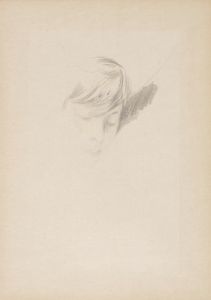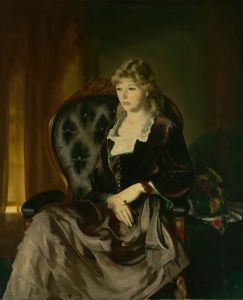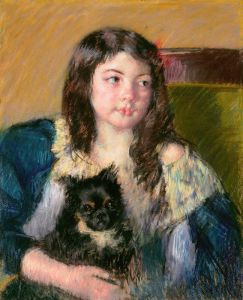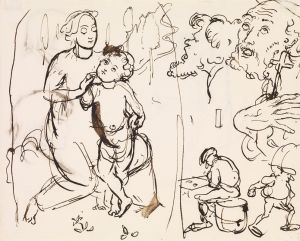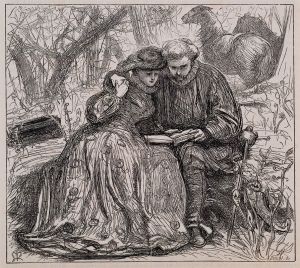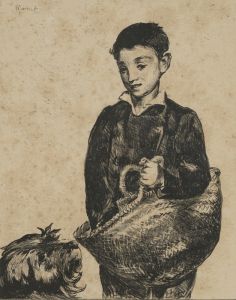
Rejected
A hand-painted replica of Sir John Everett Millais’s masterpiece Rejected, meticulously crafted by professional artists to capture the true essence of the original. Each piece is created with museum-quality canvas and rare mineral pigments, carefully painted by experienced artists with delicate brushstrokes and rich, layered colors to perfectly recreate the texture of the original artwork. Unlike machine-printed reproductions, this hand-painted version brings the painting to life, infused with the artist’s emotions and skill in every stroke. Whether for personal collection or home decoration, it instantly elevates the artistic atmosphere of any space.
"Rejected" by Sir John Everett Millais is a painting that captures a moment of social commentary through the lens of Victorian art. Created in 1853, this work is a fine example of Millais' involvement with the Pre-Raphaelite Brotherhood, a group he co-founded in 1848 alongside Dante Gabriel Rossetti and William Holman Hunt. The Brotherhood sought to reform art by rejecting the mechanistic approach that had come to dominate the academic standards of the time, instead advocating for a return to the abundant detail, intense colors, and complex compositions of Quattrocento Italian art.
The painting "Rejected" depicts a young woman in a moment of emotional distress, having just been turned down by a potential suitor. The setting is a lush, detailed garden, which is characteristic of the Pre-Raphaelite style, emphasizing nature's beauty and complexity. The woman's expression and posture convey a deep sense of rejection and vulnerability, inviting the viewer to empathize with her plight. Millais' attention to detail is evident in the intricate depiction of the foliage and the textures of the woman's clothing, which are rendered with a meticulousness that was revolutionary at the time.
Millais was known for his ability to capture human emotion and drama, and "Rejected" is no exception. The painting reflects the societal norms and expectations of Victorian England, where marriage and courtship were central themes in a woman's life. The emotional depth of the painting is enhanced by Millais' use of color and light, which draw the viewer's eye to the central figure and her emotional state.
The Pre-Raphaelite Brotherhood, although initially met with criticism, eventually gained recognition for its innovative approach to art. Millais, in particular, became one of the most successful and acclaimed artists of his time. His work, including "Rejected," played a significant role in the evolution of British art, influencing subsequent generations of artists.
"Rejected" is housed in a private collection, and as such, it is not as widely known as some of Millais' other works, such as "Ophelia" or "The Blind Girl." However, it remains an important piece within his oeuvre, illustrating his skill in narrative painting and his commitment to the ideals of the Pre-Raphaelite Brotherhood.
In summary, "Rejected" by Sir John Everett Millais is a poignant example of Pre-Raphaelite art, capturing the emotional complexity of human relationships within the context of Victorian society. Through its detailed execution and emotional resonance, the painting continues to be a testament to Millais' artistic legacy and the enduring appeal of the Pre-Raphaelite movement.





